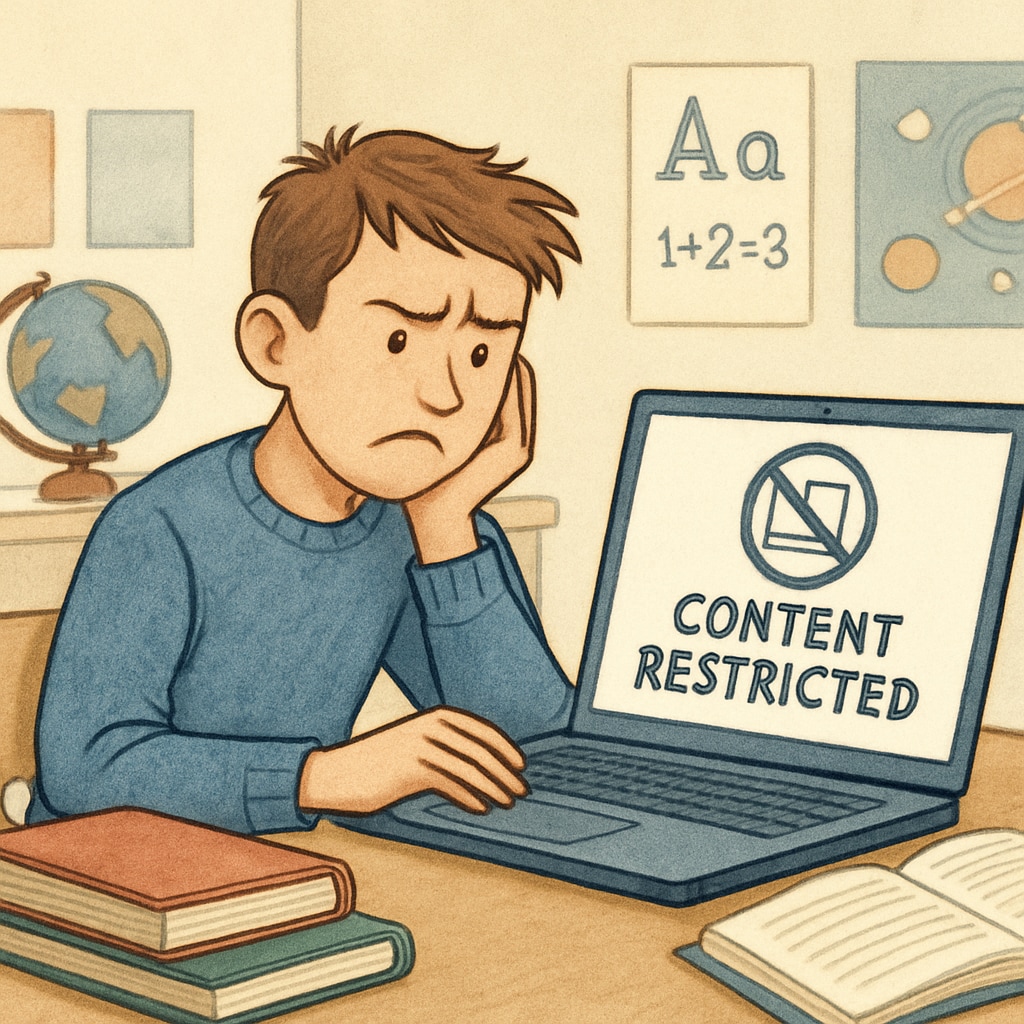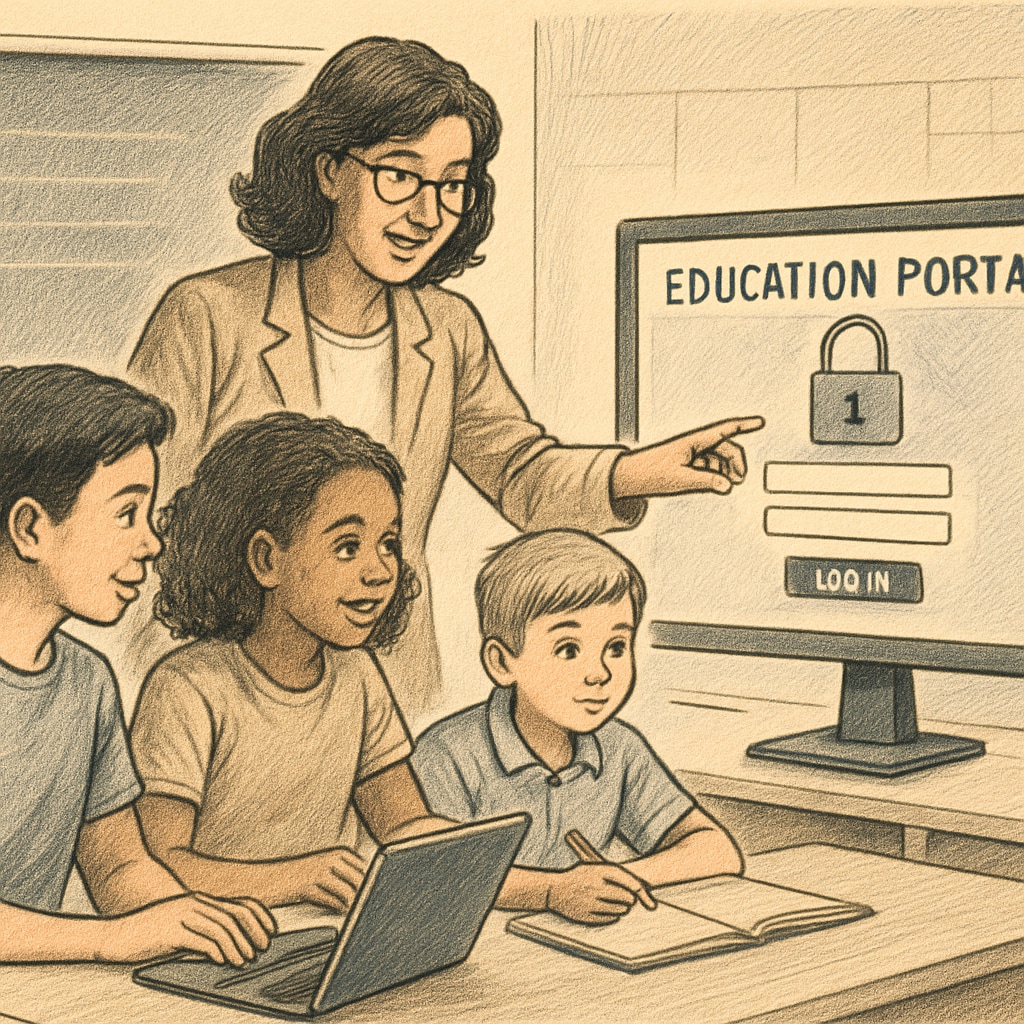As more US states adopt age verification laws to regulate online content, concerns about the impact on educational access have grown. These regulations, aimed at protecting minors from harmful material, require websites to implement stricter content filters, placing responsibility on platforms to verify users’ ages. While the intent is noble, it has inadvertently created barriers for K-12 students seeking diverse educational resources. This article examines how these laws affect knowledge access and calls for balanced solutions.
Age Verification Laws and Their Unintended Consequences
Age verification laws are designed to shield minors from inappropriate content, requiring websites to implement measures like age gates, identity confirmation, or parental consent systems. While these measures address concerns about harmful material, their scope often extends to educational content inadvertently flagged as sensitive. For example, resources discussing human biology, mental health, or history may face restrictions, limiting students’ ability to access information freely.

Moreover, these laws place immense pressure on websites. Platforms must invest in verification technologies, enforce compliance, and manage liability risks. This leads to over-caution, where websites may restrict content broadly to avoid penalties, further narrowing the pool of accessible educational resources for students.
Balancing Protection and Access
While protecting minors is crucial, policymakers and educators must consider the broader implications of age verification systems. Striking a balance between safeguarding children and ensuring access to diverse knowledge requires innovative solutions. For example:
- Creating educational exemptions: Websites offering verified educational content could be exempt from certain restrictions, allowing students unhindered access to learning materials.
- Promoting nuanced filters: Instead of blanket bans, platforms could use advanced algorithms to differentiate between harmful and educational content.
- Collaborating with schools: Schools could partner with platforms to develop secure access pathways tailored for K-12 students.

Additionally, feedback loops between educators, policymakers, and technology developers are essential. Engaging these stakeholders ensures that laws evolve to support both protection and learning needs effectively.
Moving Forward: Education and Advocacy
Age verification laws are reshaping the digital landscape, but they must avoid undermining educational access. Advocacy for balanced regulations is key. Educators and parents can collaborate to monitor these laws’ impact and push for reforms when they hinder learning. By staying informed and voicing concerns, stakeholders can influence the development of policies that prioritize both protection and intellectual growth.
In conclusion, while age verification laws address critical concerns, their implementation requires careful consideration to avoid unnecessary barriers to education. By exploring exemptions, promoting nuanced content filtering, and fostering collaboration, policymakers can protect minors without compromising their right to knowledge. The future of K-12 education depends on striking this delicate balance.
Readability guidance: Use clear language and short paragraphs to ensure accessibility. Include transitional phrases to improve flow, and summarize key points using bullet lists where appropriate. Maintain a focus on solutions and advocacy to engage educators and parents effectively.


